Chemists develop a new technique for observing chemical processes during battery operation.
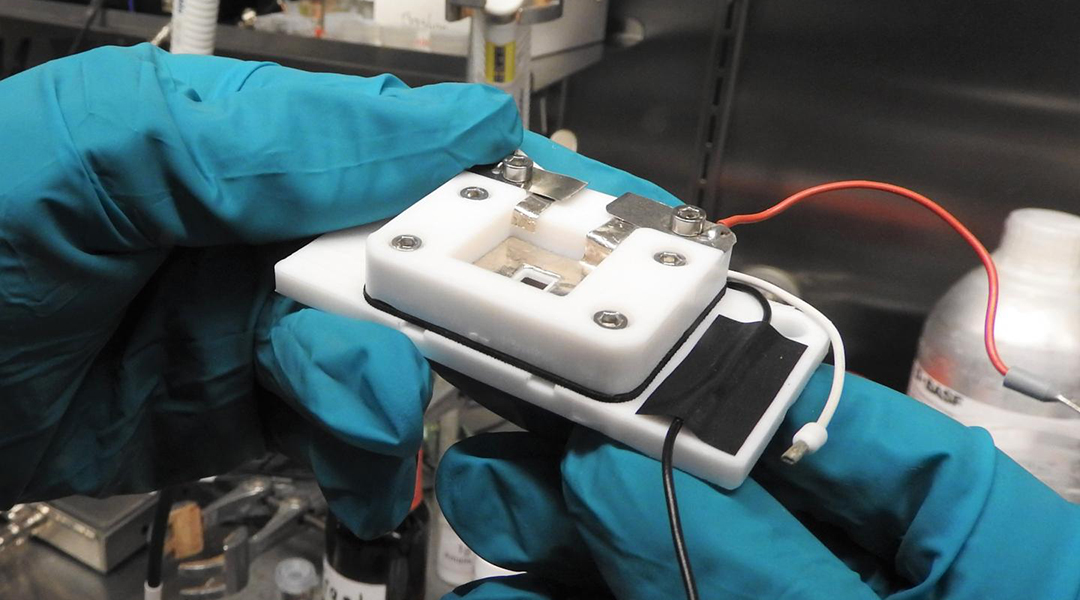

Chemists develop a new technique for observing chemical processes during battery operation.
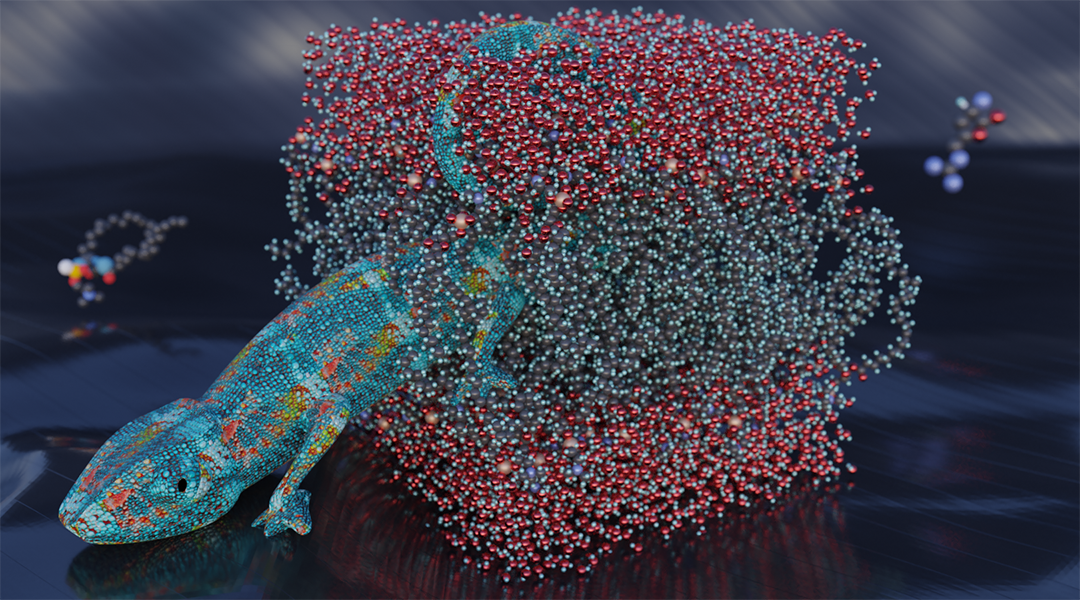
Computational methods allow researchers to delve deeper into molecular processes, beyond what can easily be achieved with current experimental techniques.
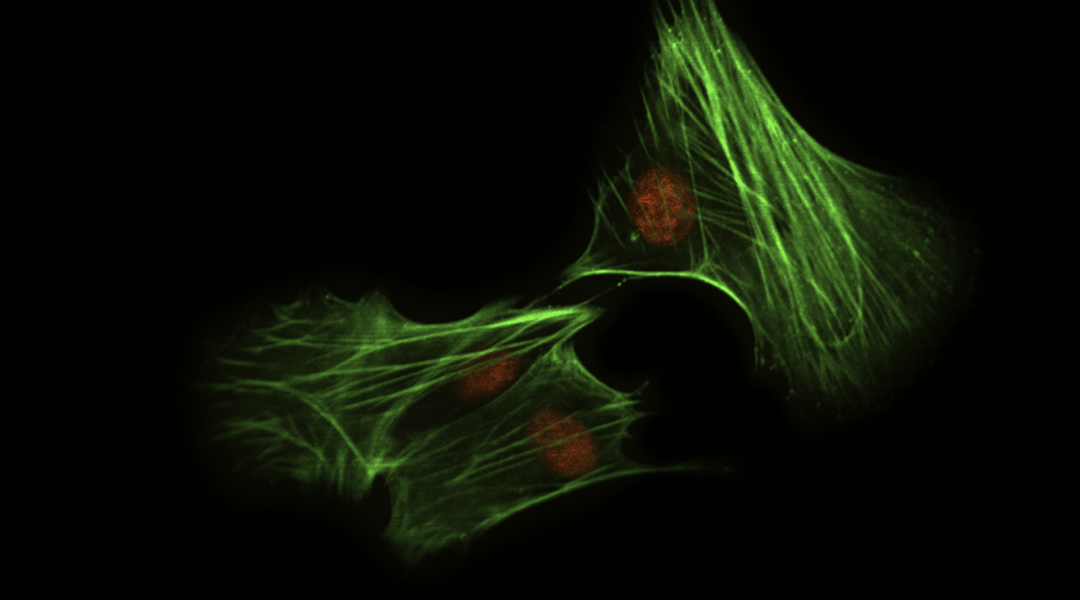
Scientists have developed a molecular shield that stabilizes near-infrared fluorescent dyes and enhances their functionality.
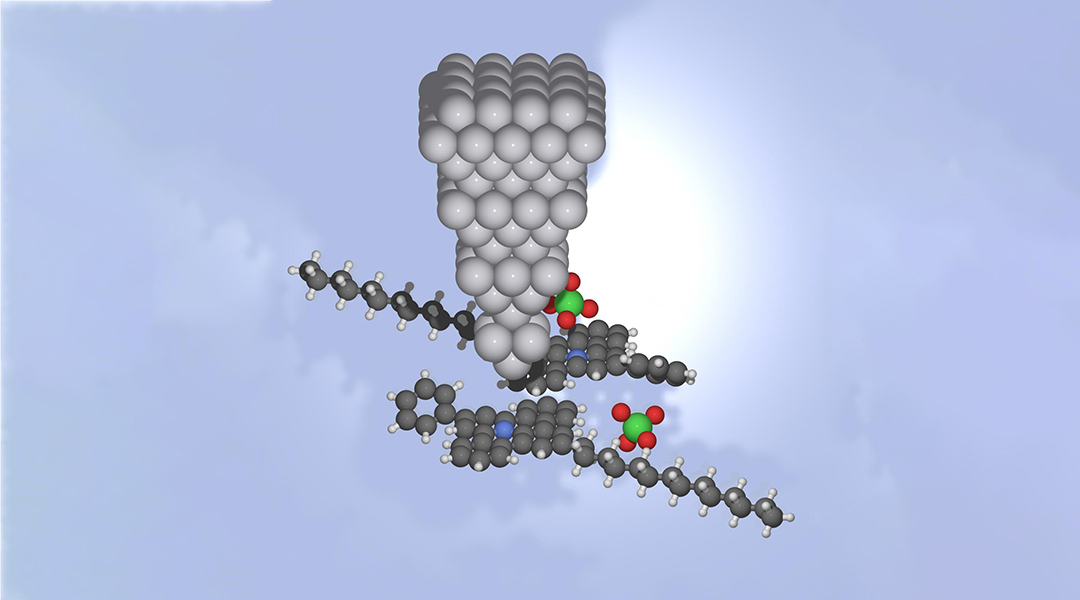
Researchers have discovered a single-molecule “switch” that can act like a transistor and offers the potential to store binary information.
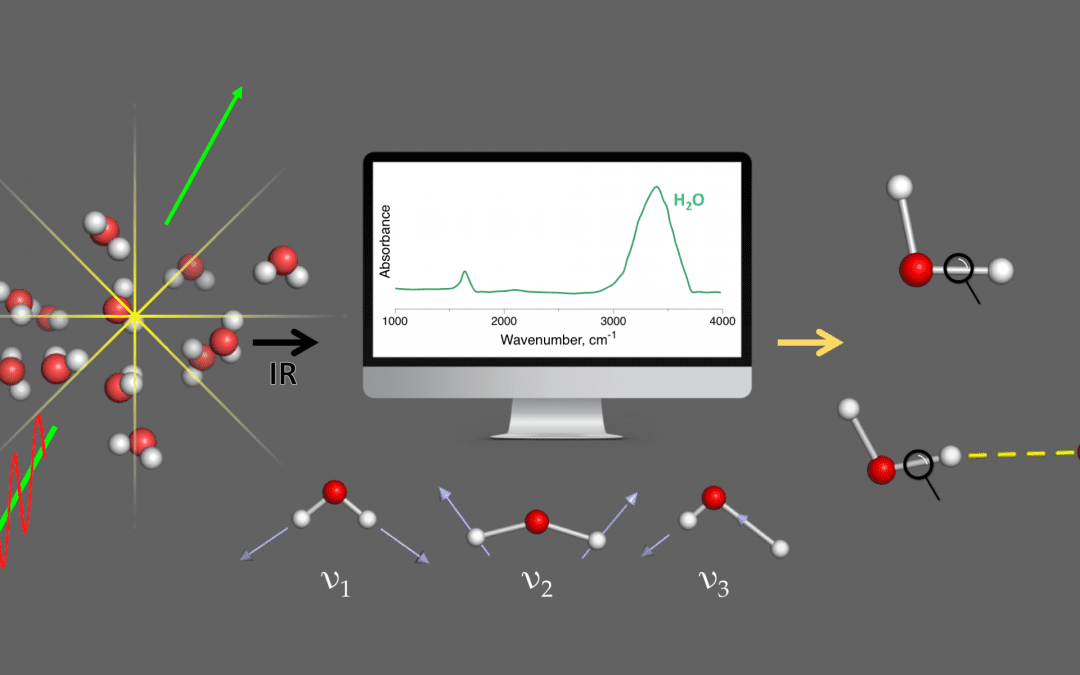
The local vibrational mode theory has raised vibrational spectroscopy to a new level.

Researchers use hot water and pressure to circumvent the need to use toxic chemicals in the production of organic plastics.

Chemists from the University of Bonn and the USA use inexpensive and non-hazardous titanium to replace expensive and toxic catalysts.

Researchers have developed a new method for creating chains of molecular rings with unparalleled sophistication.

Researchers from Freie Universität Berlin explore the impact of 3D pharmacophores on drug discovery, as well as recent developments in the field.

Researchers studied two important protein mutations that are known to cause cataracts, and hope that their improved understanding will help in future treatment plans.